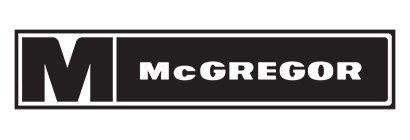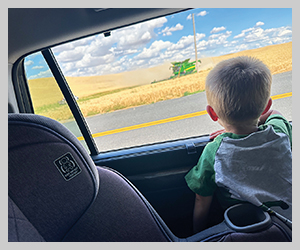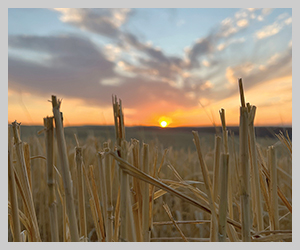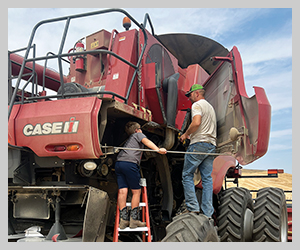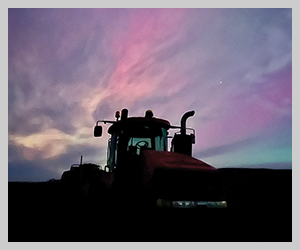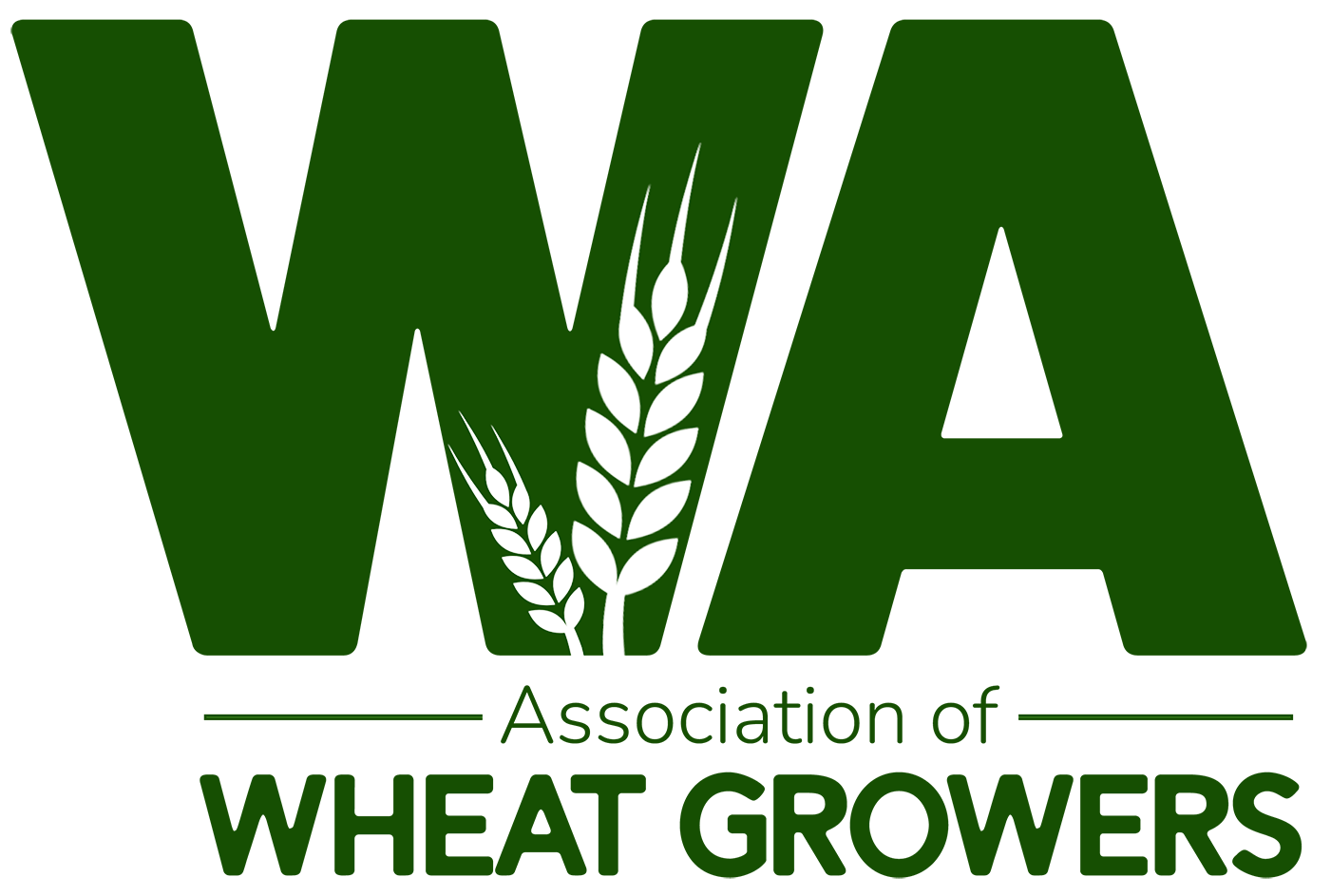
According to the Environmental Protection Agency, agriculture is responsible for approximately 10% of the U.S.’s greenhouse gas emissions. A Swiss company plans to reduce that footprint by building a zero-carbon nitrate fertilizer plant at the Port of Benton in Richland, Wash.
Atlas Agro has its roots in the fertilizer industry. The company was started in 2021 by Petter Østbø and Knut Karlsen, former executives with Yara International. According to Atlas Agro’s website, the Pacific Green Fertilizer Plant will use renewable electricity to produce green hydrogen through electrolysis of water. The plant is expected to produce .7 million tons of zero-carbon nitrate fertilizer a year destined primarily for farmers in the Pacific Northwest. The products that the plant will produce will include CAN27, ANSol20, and CN9/CAN17. The total cost of the project is estimated to be about $1 billion, with product scheduled to be available to growers by 2027.
Wheat Life reached out to Atlas Agro to find out more about the Pacific Green Fertilizer Plant and why the company decided to build it in Richland.
What was it about the Pacific Northwest (PNW) and Richland, Wash., in particular, that makes it a good fit for Atlas Agro’s first North American green fertilizer plant?
The Tri-Cities area was chosen for its strong agriculture, access to clean energy, and strategic location reducing reliance on foreign fertilizer imports. We were also very impressed with the City of Richland and Port of Benton teams, whose expertise and dedication facilitated the siting and permitting process. Additionally, the area’s highly educated and skilled workforce will be pivotal in building and operating the world’s first green nitrogen fertilizer plant. This collaboration positions the PNW as a leader in sustainable agriculture, set to reduce carbon emissions by over a million tons annually, benefiting local farmers and the global environment alike.
How did the hydropower capabilities of the dams on the Columbia-Snake River play a part in that decision?
Atlas Agro recognized the importance of the Northwest hydropower system and its role in enabling Washington’s clean grid and broader renewable energy transition, an important component of Atlas Agro’s carbon-free footprint.
How will Atlas Agro utilize the river system’s shipping capabilities?
The river system is critical for Atlas Agro operations. We will use the river during construction for moving equipment and materials to our site, and once the facility is operational, to transport fertilizer to inland ports.
One of the things Atlas Agro says is that the products the plant produces will be distributed mainly in the local economy. Why that emphasis?
Because we are not constrained by the location of fossil fuels, Atlas Agro’s business model is to build factories near the farms that need them, creating local jobs, removing the need for carbon intensive imports, avoiding international geopolitical instability, and providing a reliable supply of nutrients. The facility’s capacity will meet roughly one third of the local demand for nitrogen in Washington, Oregon, and Idaho.
Who is your intended customer base?
All the premier crops in the PNW, including apples, potatoes, cherries, raspberries, hops, wine grapes, and, of course, wheat, will benefit from Atlas Agro’s carbon-free nitrate fertilizer. It will be of particular benefit to farmers who are struggling with soil acidification and those under pressure to reduce their environmental impact.
What are some of the challenges Atlas Agro faces in building the Richland facility?
The site where the Pacific Green Fertilizer Plant is located is master-planned for large industrial development, which makes much of the process straightforward. Additionally, we have engaged extensively with stakeholders and the local community and received broad support. Although no obvious roadblocks exist, there is still significant work to be completed before we can make the final investment decision.
What do you want wheat growers to know about your product.
We have the opportunity to re-imagine a system where fertilizers that help farmers achieve higher yields of better-quality crops are produced and supplied locally, without the CO2 impact and price fluctuations of fossil fuels. With production here in the PNW, the supply of carbon-free nitrates will always be secure. All this allows us to offer long-term supply agreements with growers, bringing financial predictability and further reducing uncertainty.
Atlas Agro will only produce carbon-free nitrate fertilizers, enabling our customers to reach their business and sustainability objectives. When combined with improved application methods and precision farming, higher crop yields can be achieved with fewer on-field emissions and greater nutrient efficiency compared to ammonia and urea.
Why is the “green” component so important to Atlas Agro?
Our goal is to help feed the world sustainably. Fertilizer is essential for healthy, high-yield crops, and it can be produced in a way that minimizes environmental impact. Today’s fertilizer industry is built around fossil fuels and shipped globally, which only increases the carbon footprint of an already polluting industry. Climate change is a significant challenge, but we can address it with practical and local solutions that benefit farmers. Feeding 2 billion more people by 2050 without expanding farmland and eliminating carbon emissions requires an increase in crop yields and ending fossil fuel use. Atlas Agro will play a pivotal part in achieving this.
More information about Atlas Agro and their fertilizers can be found on their website at atlasagro.ag. There is also contact information for growers who want to talk to their team about carbon-free nitrates.


